Applications
Automotive light bulbs are used in lamp-based vehicle lights which provide visibility of the road and vehicle for safer driving. Conventional vehicle lights are constructed around the lamp to provide lighting specific to the application. Other components, e.g., the housing, optics and sockets, are used to control the distribution of emitted light, protect the light source from extrinsic damages, and aesthetically modify the appearance of the light source. The lights are mounted or integrated to the front, rear, sides, interior, and in some cases the top and bottom of a motor vehicle, delivering just the right amount and color of light to see or to be seen by others.
A motor vehicle is equipped with various types of lights, which may include headlights, taillights, daytime running lights, turn signal lights (front, rear, sides), fog lights, stop lights, auxiliary driving lights, parking lights, side marker lights, clearance lights, identification lights, license plate lights, back-up lights, reversing lights, glove compartment lights, work lights, interior courtesy lights, footwell lights, dashboard lights, reading and map lights.
ECE bulb groups
Light bulbs are products of legacy lighting technologies. Automotive light bulbs were essentially developed from the incandescent technology which produces light via a filament heated to the point of incandescence. Filament lamps had been dominating automotive lighting applications for the past five decades until the advent of solid state lighting based on LED technology. The specifications for filament lamps remain the primary standards that govern the design of light sources used in lamp-based vehicle lights. Vehicle filament lamps are categorized in three groups by the World Forum for Harmonization of Vehicle Regulations (ECE Regulations).
Group 1 lamps
Group 1 lamps are those without general restriction and can be used in any application. They include H1 (P14.5s base), H3 (PK22s base), H4 (P43t base), H7 (PX26d base), H8 (PGJ19-1 base), H8B (PGJY19-1 base), H9 (PGJ19-5 base), H9B (PGJY19-5 base), H10 (PY20d base, US trade # 9145), H11 (PGJ19-2 base), H11B (PGJY19-2 base), H12 (PZ20d base, US trade # 9055), H13 (P26.4t base, US trade # 9008), H13A (PJ26.4t base), H14 (P38t base), H15 (PGJ23t-1 base), H16 (PGJ19-3 base), H16B (PGJY19-3 base), H21W (BAY9s base), H27W/1 (PG13 base, US trade # 880), H27W/2 (PGJ13 base, US trade # 881), HB3 (P20d 90° base, US trade # 9005), HB3A (P20d 180° base, US trade # 9005XS), HB4 (P22d 90° base, US trade # 9006), HB4A (P22d 180° base, US trade # 9006XS), HIR1 (PX20d base, US trade # 9011), HIR2 (PX22d base, US trade # 9012), HP24W (for motorcycles), HPY24W (for motorcycles), HS1 (PX43t base, for motorcycles), HS2 (PX13.5s base, for motorcycles), HS5 (P23t base, for motorcycles), HS5A (PX23t base, for motorcycles), HS6 (PX26.4t base, for motorcycles), PX24W (PGU20-7 base), PSX24W (PG20-7 base), PSX26W (PG18.5d-3 base), S2 (BA20d base, for motorcycles), and S3 (P26s base, for motorcycles) bulbs.
Group 2 lamps
Group 2 lamps are those only allowed to be used in signaling, cornering, reversing and rear license plate lights. They include C5W (SV8.5 festoon base), H6W (BAX9s base), HY6W (BAZ9s base, amber), H10W/1 (BAU9s base), HY10W (BAUZ9s base, amber), H21W (BAY9s base), HY21W (BAW9s base, amber), P13W (PG18.5d-1 base), PW13W (WP3.3×14.5-7 base), PC16W (PU20d-1 base), PCR16W (PU20d-7 base, red), PW16W (WP3.3×14.5-8 base), PWR16W (WP3.3×14.5-10 base, red), PWY16W (WP3.3×14.5-9 base, amber), PS19W (PG20-1 base), PSY19W (PG20-2 base, amber), PW19W (WP3.3×14.5-1 base), PWR19W (WP3.3×14.5-5 base, red), PWY19W (WP3.3×14.5-2 base, amber), P21W (BA15s base), PR21W (BAW15s base, red), PY21W (BAU15s base, amber), P21/4W (BAZ15d base), PR21/4W (BAU15d base, red), P21/5W (BAY15d base), PR21/5W (BAW15d base, red), P24W (PGU20-3 base), PY24W (PGU20-4 base), PH24WY (), PS24W (PG20-3 base), PSX24W (PG20-7 base), PSY24W (PG20-4 base), PW24W (WP3.3×14.5-3 base), PWR24W (WP3.3×14.5-6 base, red), PWY24W (WP3.3×14.5-4 base), P27W (W2.5×16d base, US trade # 3156), P27/7W (W2.5×16q base, US trade # 3157), PR27/7W (WU2.5×16 base, red), PY27/7W (WX2.5x16q base, amber, US trade # 3757A), R5W (BA15s base), RR5W (BAW15s base, red), R10W (BA15s base), RR10W (BAW15s base, red), RY10W (BAU15s base, amber), T1.4W (P11.5d base), T4W (BA9s base), T5 or 286 (), W2.3W (W2×4.6d base), WY2.3W (W2×4.6d base, amber), W3W (W2.1×9.5d base), W5W (W2.1×9.5d base), WR5W (W2.1×9.5d base, red), WY5W (W2.1×9.5d base, amber), W10W (W2.1×9.5d base), WY10W (W2.1×9.5d base), W15/5W (WZ3×16q base, for motorcycles), W16W (W2.1×9.5d base, US trade # 921), WY16W (W2.1×9.5d base, amber, US trade # 921NA), W21W (W3×16d base, US trade # 7440), WY21W (WX3×16d base, amber), WP21W (WY2.5×16d base), WPY21W (WZ2.5×16d base, amber, US designation: 7440NAUS designation: 7440NA), W21/5W (W3×16q base), and WR21/5W (WY3×16q base, red, US designation: 7443) bubs.
Group 3 lamps
Group 3 lamps are those produced as replacement parts only. They include C21W (SV8.5 base), H2 (X511 base), P19W (PGU20-1 base), PC16W (PU20d-1 base), PCR16W (PU20d-7 base, red), PCY16W (PU20d-2 base, amber), PR19W (PGU20-5 base, red), PY19W (PGU20-2 base, amber), PSR19W (PG20-5 base, red), PSR24W (PG20-6, red), PR24W (PGU20-6 base, red), R2 (P45t base), and S1 (BA20d base, for motorcycles) bulbs.
Filament lamps
A typical incandescent lamp has a glass envelop filled with an inert gas (such as krypton or argon) which is intended to protect the tungsten filament from oxidation. However, as the tungsten filament burns, tungsten molecules evaporate from the filament onto the bulb wall. Tungsten evaporation reduces effective filament diameter and eventually blackens the glass envelope, which limits the service life of the light bulb.
Today’s filament lamps are halogen bulbs which are direct descendants of the original incandescent concept. Halogen is essentially an enhanced version of incandescent. It also produces light by heating up a conductive tungsten filament to a high temperature for incandescence, but the addition of a small amount of halogen gas enables a halogen-cycle chemical reaction, which redeposits evaporated tungsten back onto the filament. This chemical process reduces blackening of the bulb wall and also slows down the rate of the principal filament failure mechanism, thereby reducing blackening of the bulb wall and increasing the filament life. A strong quartz envelope allows the light bulb to operate at higher internal gas pressures, permitting it to run a higher temperature and so luminous efficacy and color temperature.
The efficiency of a halogen bulb is approximately 15 to 20% higher than that of an incandescent bulb. The technological improvement also enables a smaller size that permits the use of halogen lamps permits in compact optical systems. Halogen bulbs are also affordable and bring simplicity to lighting system design because they do not require extra heat sinks and power supplies.
Gas discharge lamps
Filament lamps are inherently inefficient as they emit light by dissipating heat in a resistive filament. More than 90% of the electrical power fed to a filament lamp is converted to (waste) heat rather than visible light. This is barely tolerable in energy-conscious automotive applications. High intensity discharge (HID) type light sources therefore jumped onto the stage to address the challenges confronting incandescent lighting. Automotive HID lamps are metal halide lamps that contain high pressure xenon gas. They operate by initiating an arc discharge between two electrodes in a quartz bulb and require a ballast to regulate their voltage and current. Xenon headlight bulbs are over three times as bright as halogen bulbs and deliver a closer color to daylight. The absence of filaments allows them to last considerably longer than halogen bulbs.
Gas discharge lamps for use in vehicle headlamps are classified into these types under UN Regulation 99: D1R (PK32d-3 base), D1S (PK32d-2 base), D2R (P32d-3 base), D2S (P32d-2 base), D3R (P32d-2 base), D3S (PK32d-5 base), D4R (P32d-6 base), D4S (P32d-5 base), D5S (PK32d-[7] base), D6S (P32d-1 base), D7S (PK32d-1 base), D8S (PK32d-1 base).
Advantages of LED lighting
The family of automotive light bulbs has grown to include LED bulbs which outperform all previous technologies by a wide margin. LED bulbs incorporate semiconductor devices that emit light when a voltage is applied across a forward biased p-n junction formed by oppositely doped GaN layers. Through a phosphor converted architecture, contemporary LEDs offer a luminous efficacy of up to 200+ lm/W, which is a revolutionary achievement. Solid state lighting technology also lends a multitude of capabilities to the light source.
Aside from a lifespan of 50,000 to 100,000 hours, LEDs can be spectrally engineered to tailor their spectral power distribution (SPD) for various applications and, in some applications, can be actively controllable. They provide instant light and allow dimming control over a wide range of intensity. No filament, no moving parts, no fragile glass, and no hazards of high-pressure quartz envelopes, the solid state nature of LEDs allows construction of rugged light sources that are resistant to shock and vibration.
LED replacement lamps
Automotive LED bulbs typically follow the physical dimension, form factor, light distribution, and supply adaptor connections of UN-approved halogen bulbs to ensure the plug-n-play lamp replacement. They may be classified into two types: integrated LED lamps and non-integrated LED lamps. An integrated LED lamp incorporates all components, including LED packages, LED driver, and other thermal, electrical, mechanical and optical components into one assembly. A non-integrated LED lamp includes all components but the LED driver which is usually too large to be incorporated into the assembly.
LEDs are current-driven and self-heating devices. Their performance and lifespan essentially depend on drive current regulation and thermal management. Fitting LEDs into a legacy form factor inevitably compromises electrical and thermal engineering because the lamp housing is too small to accommodate sophisticated driver electronics and adequately dimensioned heat sinks. Nevertheless, the luminous efficacy and service life of LED bulbs still significantly outshine conventional lamps.

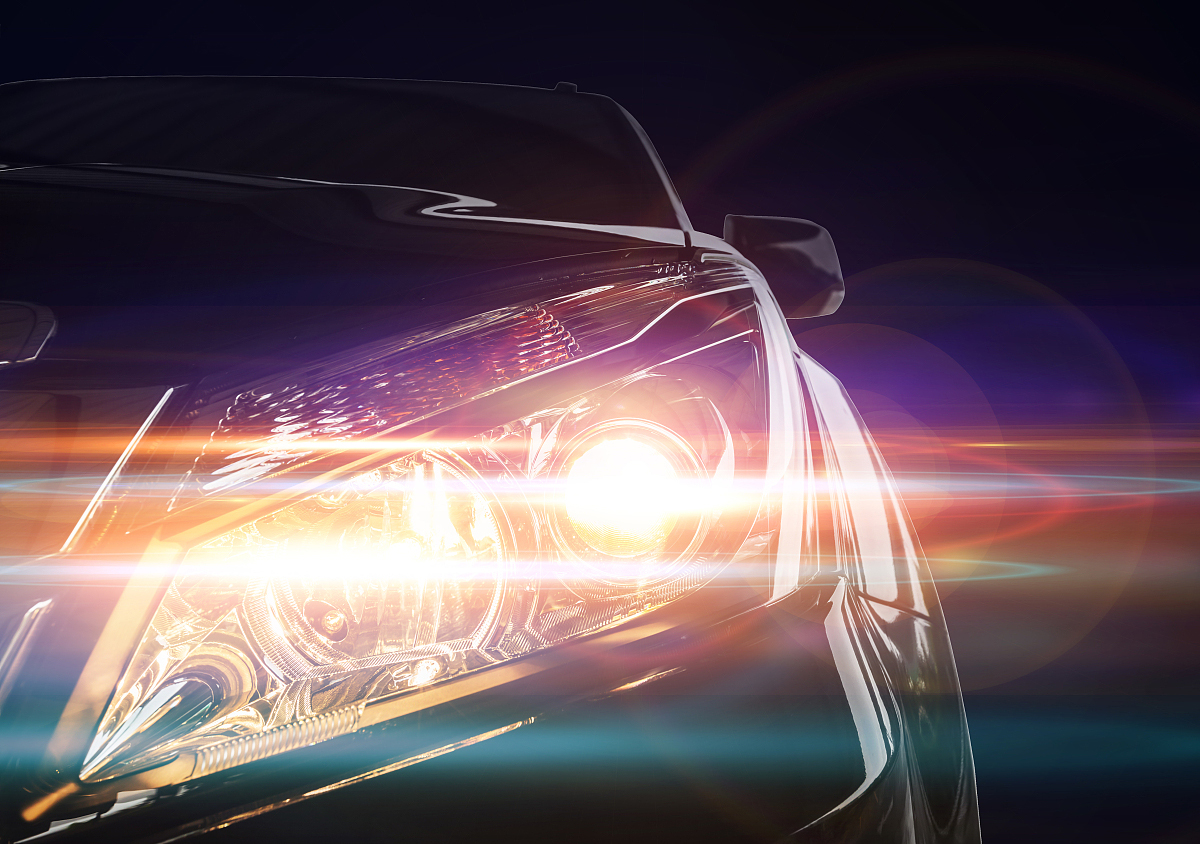
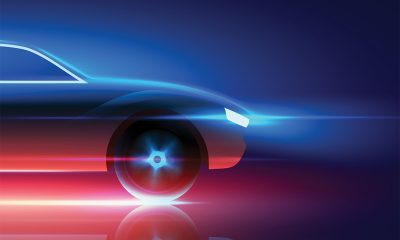
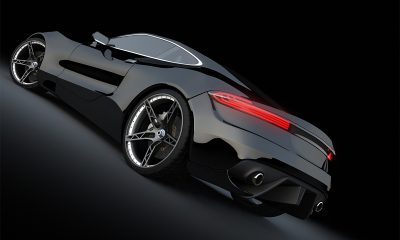
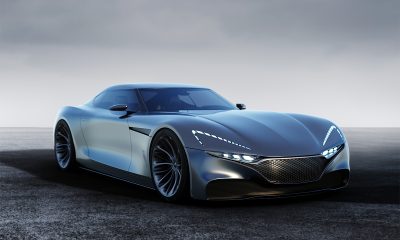
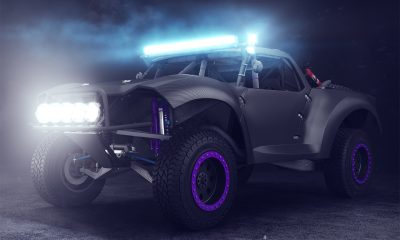
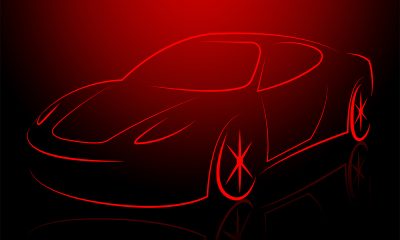

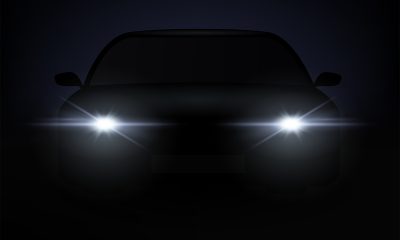




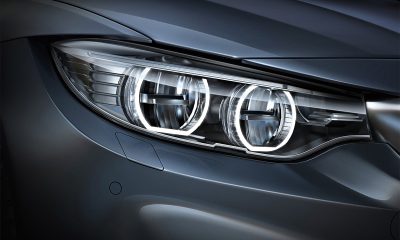





Loading...